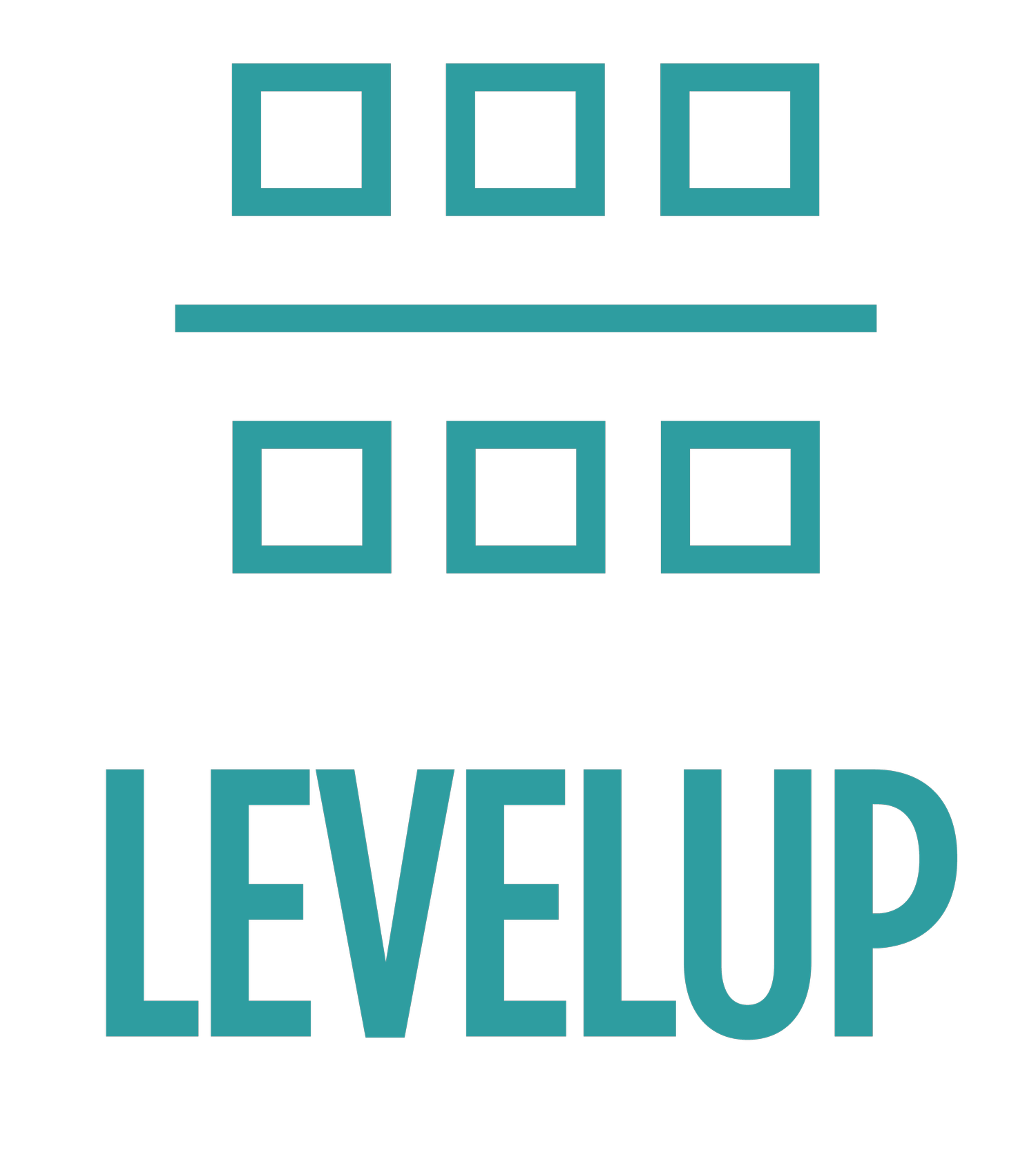Guide to Functional Framework Customization
While a company-wide leveling framework establishes consistent performance expectations across your organization, certain departments or teams may benefit from customization (i.e. a department specific version of the framework) to make these expectations more relevant to their day-to-day work. This guide will help you find the right balance between maintaining consistency and creating meaningful specificity for your teams.
Pre-Customization Steps
Evaluate the Need
Before starting any customization, clearly articulate why your department needs a specialized version of the framework:
Identify specific challenges your team faces with the current framework
Define how customization will address these challenges
Consider what's missing from the current framework that customization could provide
Assess whether ad-hoc discussion of how existing criteria relate to a role might suffice instead of customization
Define the Scope
Determine the appropriate level of customization while maintaining consistency:
Assess whether one framework can serve the entire department
Identify which teams, if any, require their own frameworks
Consider the effort required to maintain multiple frameworks
Evaluate the impact on cross-functional collaboration and mobility
Customization Approaches
The following approaches can be used to customize your LevelUp framework to meet specific functional needs. Each approach is designed to ensure a balance of functional specificity and cross-functional consistency.
Keyword Replacement: Replace generic terms with discipline-specific language that resonates with your team. Common keywords to replace include:
Skills and technical requirements
Work outputs and deliverables
Project types and scope
Stakeholder relationships
Performance indicators
Team structures
Example
Company-wide:
"You have the knowledge and specialized skills required to deliver on your work projects with efficiency."
Engineering:
"You have knowledge of XYZ programming languages and QA experience required to deliver on your development projects with efficiency.”
Contextual Examples: Enhance understanding by providing role-specific examples.
Choose examples that clearly illustrate the expectation
Keep examples concise and relevant
Focus on common scenarios team members encounter
Update examples as team responsibilities evolve
Example
Company-wide:
"You are curious and ask thoughtful questions to ensure your work is on the right track."
Customer Success:
"You are curious and ask thoughtful questions to ensure your work is on the right track.
Example: You validate your plan for onboarding a client with your manager before implementing it."
Function-Specific Competencies: Add specialized competencies unique to your function.
Identify unique functional gaps in the current framework
Define competencies that are critical for the function
Integrate new competencies into existing categories where possible
Create new categories only when necessary
Best Practices for Customization:
Preserve Core Expectations: Maintain consistent level expectations across the company while adding relevant context. Never change the fundamental requirements or standards for advancement.
Focus on Translation, Not Transformation: Think of customization as translating the framework into your team's language, not creating new expectations. Use concrete examples and specific terminology while keeping the underlying competencies intact.
Keep It Simple and Maintainable: Resist the urge to create multiple frameworks or add too many function-specific competencies. The best customizations clarify without adding complexity.
Enable Cross-Functional Mobility: Ensure customizations don't create artificial barriers between teams or departments. Framework language should facilitate, not hinder, career movement across the organization.
Validation and Implementation
Review Process: Have a diverse subset of team members review the customization to check for clarity and relevance and ensure ensure alignment with company framework.
Documentation: Document the rationale for customizations and maintain clear version control. Create guidelines for future updates and track any deviations from company framework.
Communication: Explain the purpose of customization to team members and train managers on using the customized framework. Create clear expectations about which framework is the source of truth for their team.
Successful framework customization requires careful balance between specificity and consistency. When done thoughtfully, customization makes the framework more relevant and valuable for your team while maintaining the integrity of company-wide expectations. Regular review and updates ensure the framework remains a living tool that evolves with your team's needs.

